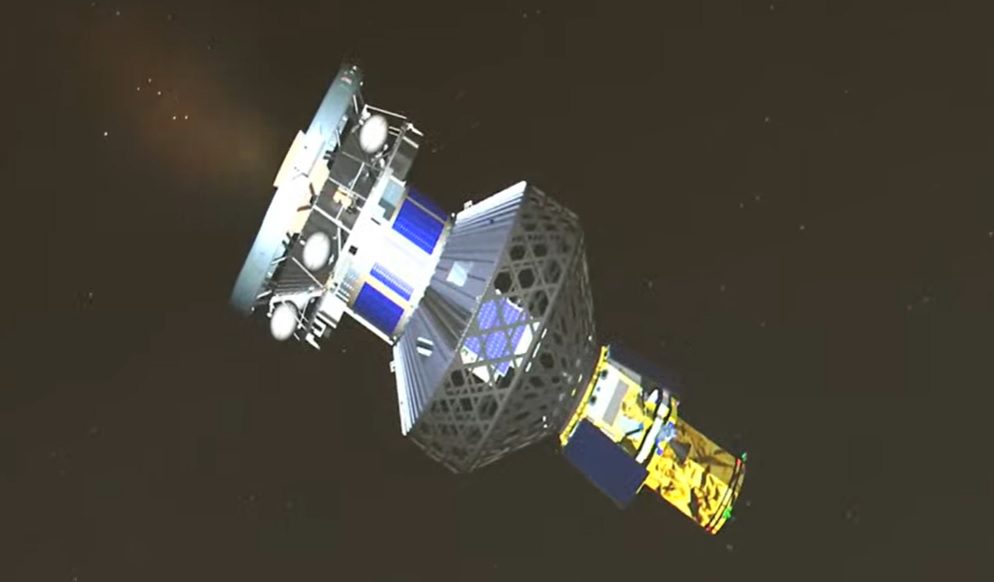India’s space agency and industrial conglomerate, the Indian Space Research Organisation (ISRO), has successfully launched its PSLV CA rocket on flight C53 from the Sriharikota (Satish Dhawan Space Centre). The launch, under ISRO commercial subsidiary NewSpace India Limited (NSIL), took place at 1232 GMT on 30 June.
It carried three customer satellite payloads. The main spacecraft carried was DS-EO, a 365 kg electro-optical multispectral Earth observation satellite, which is owned by the Singaporean DSTA-ST Engineering. The secondary satellites were the 155 kg NeuSAR- the first Synthetic Aperture Radar (SAR) satellite for a small six-satellite constellation – also owned by DSTA-ST Engineering, and the 2.8 kg Scoob-I student CubeSat for Singapore’s NTU Satellite Research Centre.
All three satellites were placed into a 567 x 533 km, 9.9 degree inclination, low Earth orbit. The PLSV vehicle’s fourth stage then became a fourth satellite, officially called POEM (PSLV Orbital Experimental Module). It carries six individual scientific experiment payloads attached to it and is powered by body mounted solar cells charging a Lithium battery.
Derek Goddard contributed to this story. This story has been corrected for the orbit.








